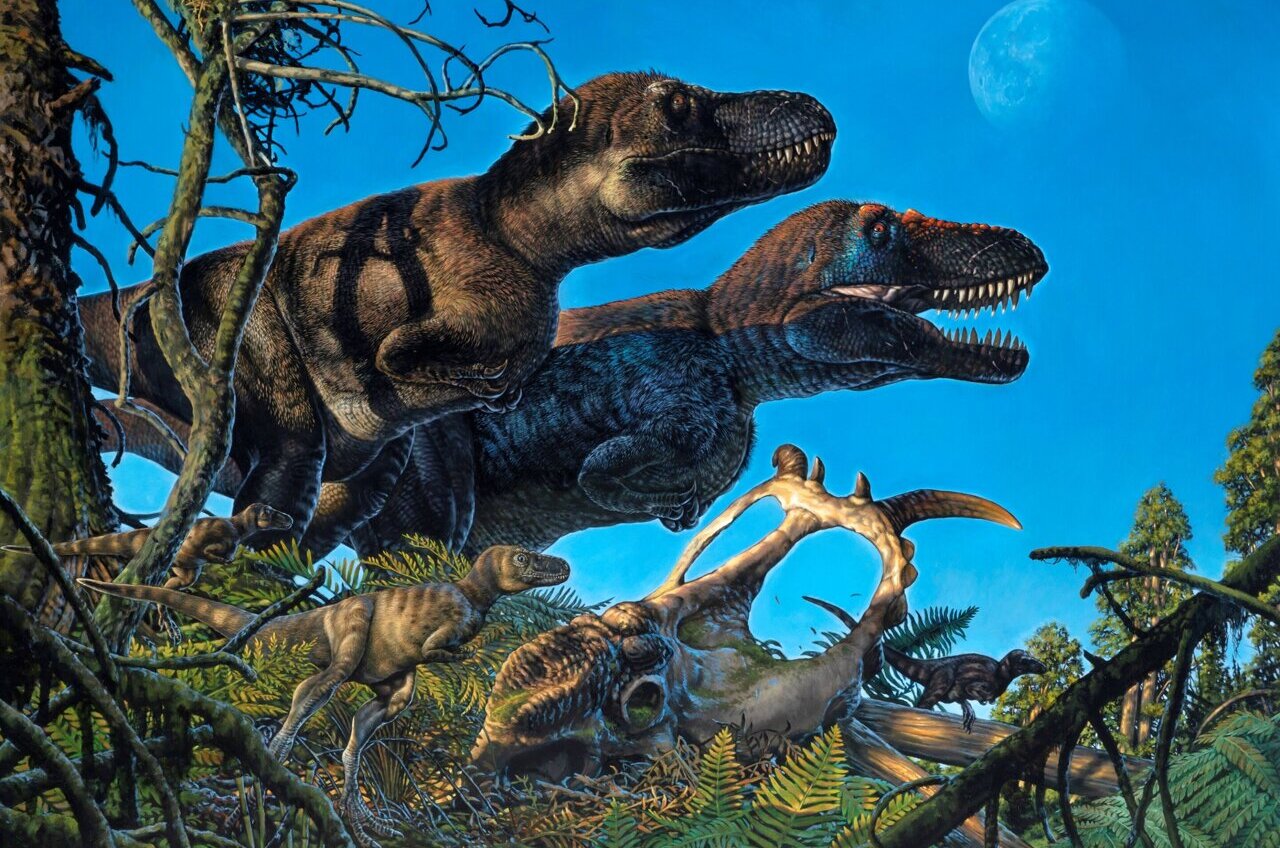According to newer studies, Dinosaur species large and small made the Arctic their year-round home and probably developed wintering strategies like hibernation or growing insulating feathers.
On Thursday, The paper, published in the journal Current Biology, is the result of more than a decade´s worth of painstaking fossil excavations and puts to rest the notion that the ancient reptiles lived only in hotter climes.
“A couple of these new sites we found in the last few years turned up something unexpected, and that is they´re producing baby bones and teeth,” lead author Patrick Druckenmiller of the University of Alaska Museum of the North.
“That´s amazing because it demonstrates that these dinosaurs weren’t just living in the Arctic, they were actually able to reproduce in the Arctic.”
Researchers first discovered dinosaur remains at the frigid polar latitudes in the 1950s, regions once thought to be too hostile for reptilian life.
This led to two competing hypotheses: Either the dinosaurs were permanent polar residents, or they migrated to the Arctic and Antarctic to take advantage of seasonally abundant warm resources, and possibly to reproduce.
The new study is the first to show unequivocal evidence that at least seven dinosaur species were capable of nesting at extremely high latitudes in this case, the Upper Cretaceous Prince Creek Formation which lies at 80-85 degrees North





